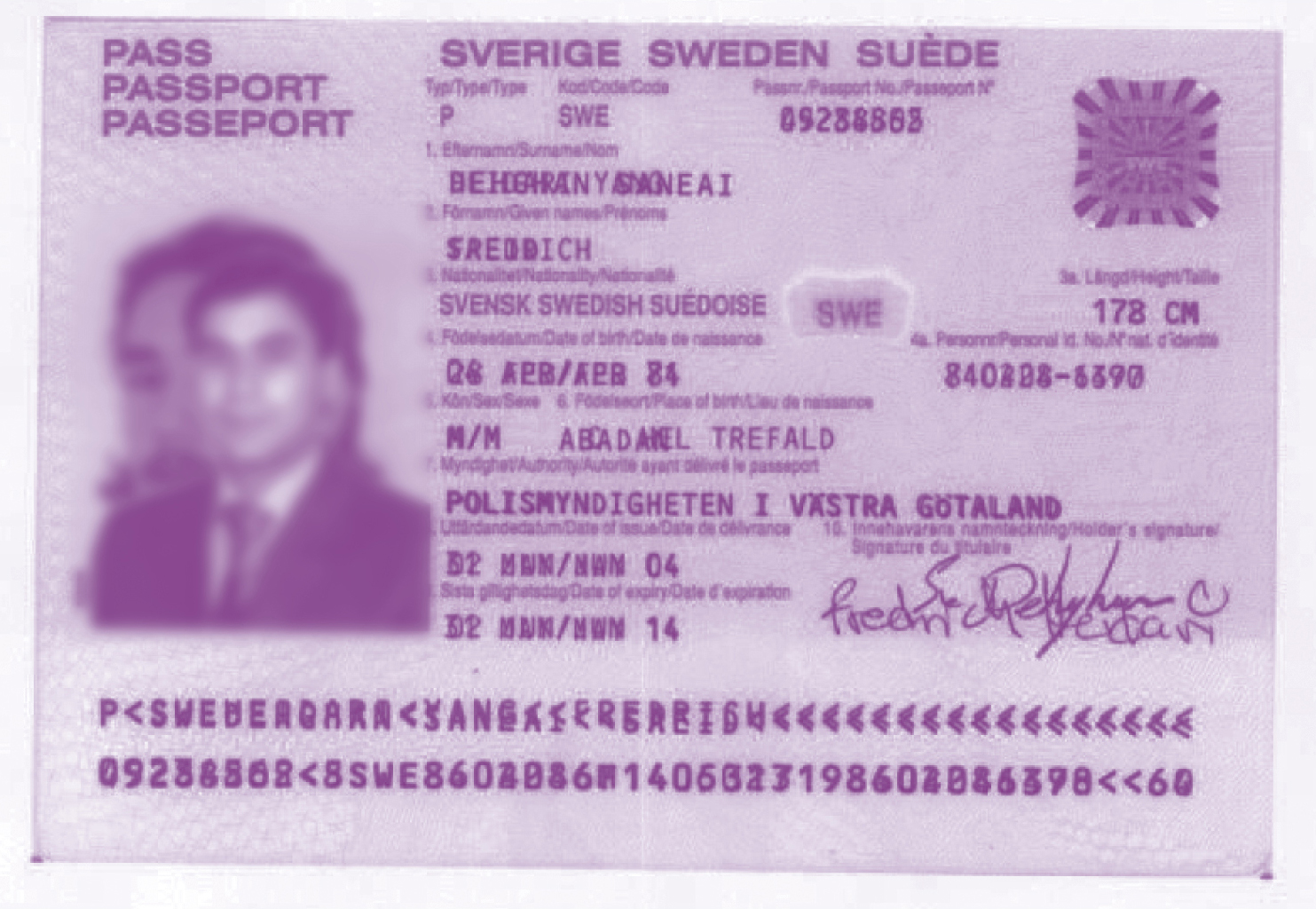Benedict Anderson, Imagined Communities: Reflections on the Origin and Spread of Nationalism (London: Verso, 1983).
Customs and smuggling only exist because borders change the exchange value of commodities that cross them.
“Beautifying the border proposal replaces US-Mexico fence with landscaping” Dezeen, December 20, 2016, ➝.
Sarah Green, “A Sense of Border.” In Thomas M. Wilson and Hastings Donnan eds., A Companion to Border Studies (Sussex: Blackwell Publishing, 2012), 575.
Fatima Ben Slimane, “Between Empire and Nation-State: The Problem of Borders in the Maghreb.” In Dimitar Bechev and Kalypso Nicolaidis eds., Mediterranean Frontiers: Borders, Conflict and Memory in a Transnational World, (London: I.B. Tauris, 2010), 39.
For example in the Maghreb region, such unclear or uncoherent definitions existed until French colonial forces introduced Westphalian border logics, which could not tolerate the absence of control over mobile bodies and goods.
Mahmoud Keshavarz and Shahram Khosravi, eds., Seeing Like a Smuggler: Borders from Below (London: Pluto Press, forthcoming).
While smuggling by air is concerned with hiding the identity rather than the body within a legalized mobile crowd, smuggling by land, which involves using crypts and compartments, or hiding in trucks and containers, is concerned with hiding both identity and body within a legalized vehicle or cargo. Smuggling by sea, meanwhile, is concerned with hiding both identity and body via an irregular vessel.
Mohsin Hamid, Exit West (Penguin Books, 2017); Mati Diop, Atlantics (2019).
